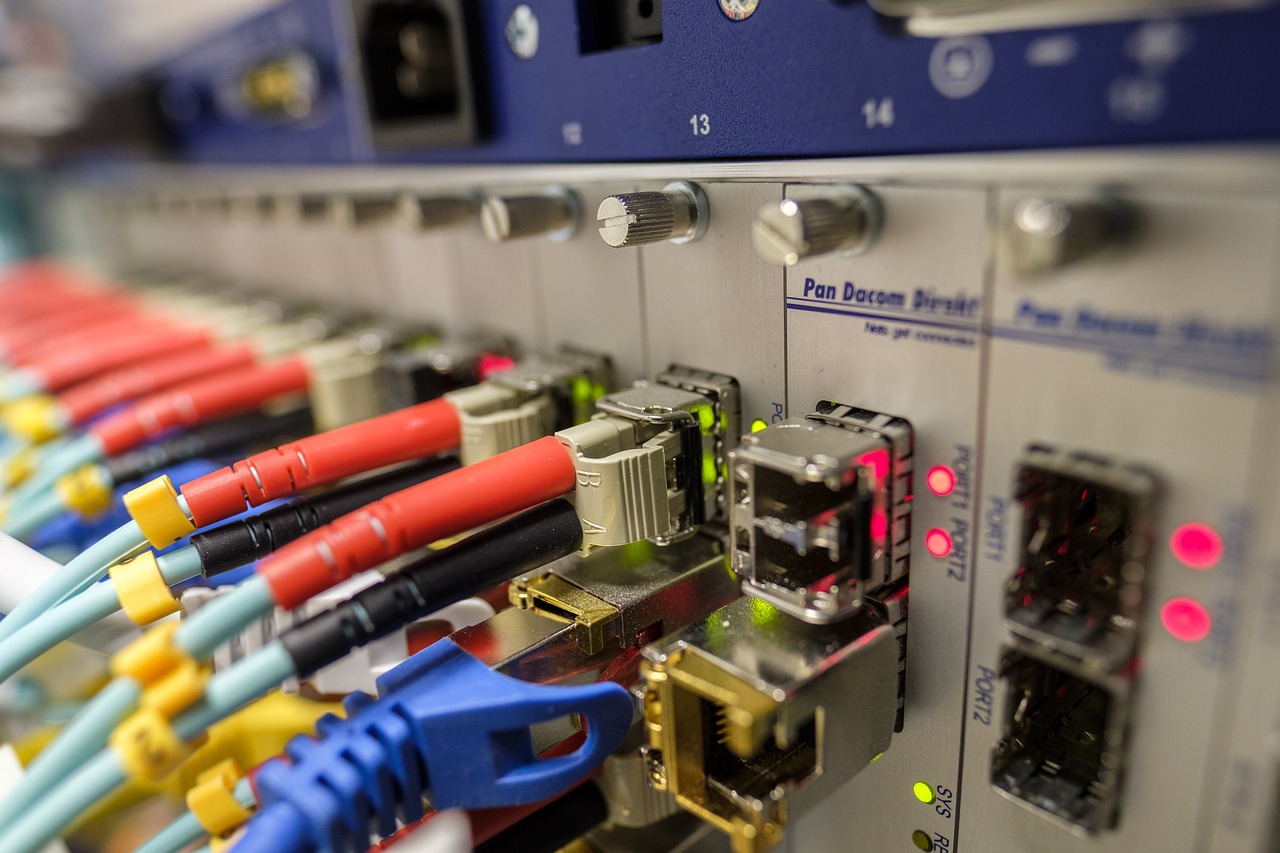The Hidden Backbone of Global Communication: Submarine Cables

We're closer than you think, practically wired together—quite a shocker, huh? These connections enable signals to transfer information at the speed of light, making global communication possible. You might wonder, "With satellites available today, why not just rely on those instead?" Even though 4G and satellites are widely available, nothing is more effective than a real physical connection.
Submarine cables are the unsung heroes of our global communications infrastructure. As of June 2024, there are more than 600 active and planned submarine cables in operation, crisscrossing the ocean floor to ensure that the world stays connected. Despite their size—no thicker than a human hair—these fiber optic strands can carry enormous amounts of data at lightning-fast speeds.
How Do Submarine Cables Work?
Modern underwater cables use fiber optic technology, which transmits data by firing light pulses down small glass fibers from one end of the cable to receptors at the other. These fibers are protected by multiple layers of materials like plastic and sometimes steel wiring to withstand the extreme conditions underwater.
For the most part, submarine cables are about the width of a garden hose while traveling across the sea. However, as they near the coast, they are buried beneath the seafloor to prevent damage. These cables navigate around fishing areas and fault zones, lying safely on the seafloor in deeper waters. By early 2024, nearly every coastal state is connected by a vast network of 1.4 million kilometers (km) of undersea cables. Some of these cables span thousands of kilometers, such as the Asia-America Gateway at 20,000 miles, while others, like CeltixConnect, cover much shorter distances (131 km) between Ireland and the UK.
Ownership of Submarine Cables
Historically, telecom companies dominated the submarine cable market, often forming consortiums to share the cost and usage. However, in recent years, tech giants like Amazon, Microsoft, Google, and Meta have significantly increased their investments in submarine cables. Why? To manage the growing demand for data. Governments, academic institutions, telecommunications companies, and other industries depend on these cables to maintain stable internet connections and ensure the global exchange of information.
Capacity and Lifespan
Submarine cables are astonishingly capable, transmitting up to 224 terabits per second (TBPs) of data. Although they are designed to last at least 25 years, some are decommissioned earlier due to becoming obsolete or less economical. Nonetheless, older cables are still operational in many parts of the world.
Submarine Cables vs. Satellites
Despite advances in satellite technology, submarine cables remain the backbone of international communication. Compared to satellites, they provide significantly higher data capacity at a lower cost. While satellites are useful for delivering content and connecting remote locations, they account for only a small fraction of the world’s data transmission capacity.
Written by Aasiya Buhari, someone who juggles schoolwork and a deep interest in science. I hope this article inspires others to find time for their passions. Thank you for reading.
Similar Post You May Like
-

CFCs, HFCs and their long, troubled history
At its peak, the ozone hole covered an area 7 times larger than the size of Europe, around 29.9 million km2, and was rapidly expanding
-

The Origin of Universe: Deciding point where it all began!
Let us unravel and surf through the ideas throughout ages to understand what the universe and its origin itself was to its inhabitants across history.
-

The Artemis Program
Inspired by the Greek goddess of the Moon, twin sister to Apollo, the artimis program was named on 14 May 2019 by Jim Bridenstine.






